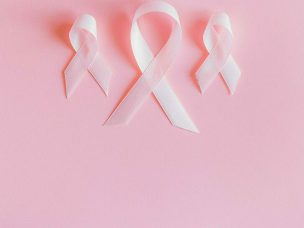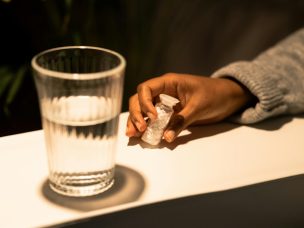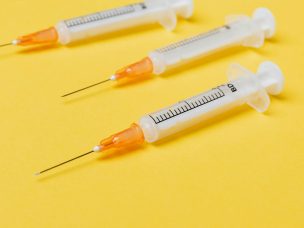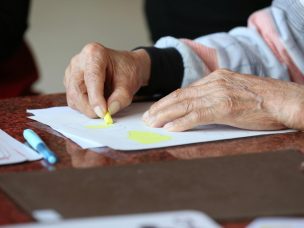In this MD Newsline exclusive interview with endocrinologist/obesity medicine specialist Dr. Rocio Salas-Whalen, we discuss the prevalence of severe obesity in the African American and Hispanic American communities. We also discuss how obesity development and obesity management are impacted by socioeconomic status and COVID-19.
MD Newsline:
Have you seen a difference in obesity prevalence in Black and Brown patients? If so, what can this difference be attributed to?
Dr. Rocio Salas-Whalen:
“Yes, I do see significantly higher rates of severe obesity in the African American and Hispanic American/Latino communities. There’s not just one reason or cause for this disparity. It’s multifactorial, as obesity is. And socioeconomic factors contribute. The lack of access to better-quality food plays a role.
And, at least in my culture—I’m Mexican American—food is always available, it’s a very social thing, and the standards are different concerning body types and what we consider to be healthy.
So, there are several layers as to why we see higher rates of severe obesity in these populations. Also, a lack of education on nutrition and exercise can contribute as well.”
MD Newsline:
How does socioeconomic status impact patients with obesity?
Dr. Rocio Salas-Whalen:
“When we talk about socioeconomic status and obesity, we’re really talking about food and the food industry. Unfortunately, the lowest quality food is more economically accessible. It’s amazing that you can buy a hamburger for a dollar, and if you want to buy a carton of blueberries, it’s six dollars. Right?
The accessibility of good quality food is very limited to people of low socioeconomic status. Right? And then if you go to public schools, where most of the children of low socioeconomic status go, they’re dependent upon the school for their meals, and the food is terrible, processed food, ultra-processed food, and very rarely do they get the option to eat something fresh, like fruits and vegetables.
Finally, a lack of education regarding health and nutrition and a lack of time to exercise contribute as well. Many patients work two or three jobs to support their families. It’s very hard for them to set aside 40 minutes a day to exercise. Everything’s against these patients. Until we change these determinants of their health, we’re not giving them a fair chance at having a healthy weight.”
MD Newsline:
Has COVID-19 impacted your patients with obesity or affected treatment?
Dr. Rocio Salas-Whalen:
“Definitely. I am seeing so many more patients with weight gain and obesity after COVID-19. There’s the “COVID 15,” where many people gained about 15 pounds during the pandemic, and I would say even more, given what I’m seeing in my patients.
I am seeing many patients that didn’t have any issues with being overweight or having obesity before the pandemic now dealing with these conditions. So definitely, COVID-19 did affect my patients. It could have been that during quarantine, we didn’t have much opportunity to exercise. The stress of the pandemic likely contributed as well. Just so many things that we all went through in the past 1.5 years that are showing up as weight gain and obesity now.”
Responses have been condensed and lightly edited.










